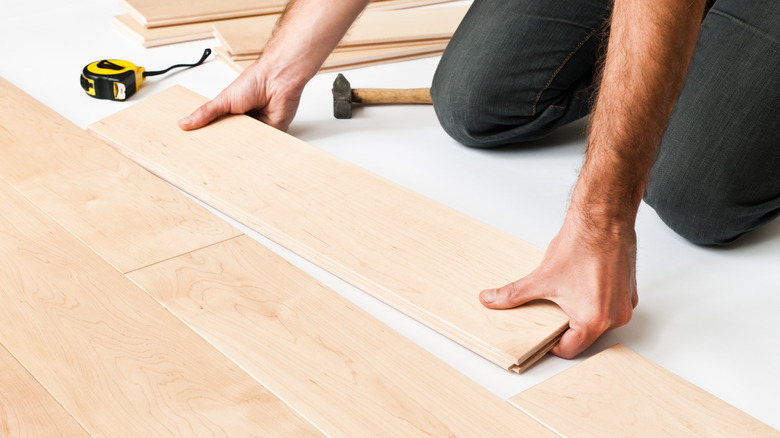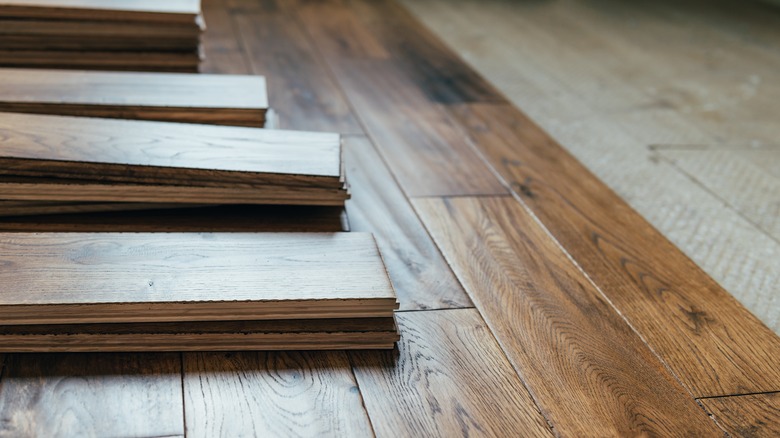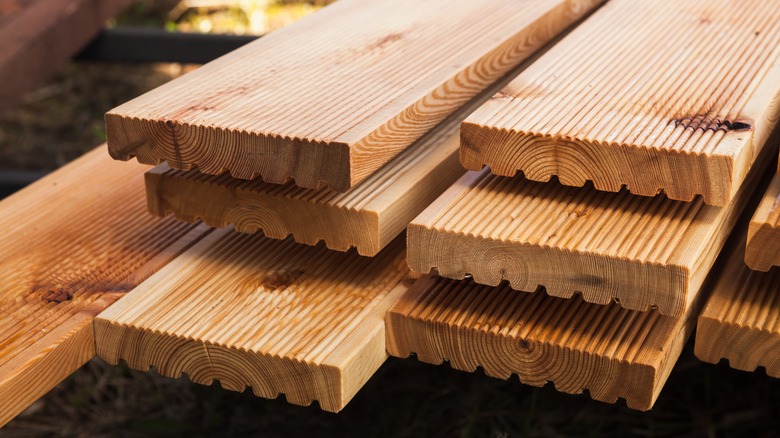Acclimating Hardwood Floors: What It Means And Why It's A Must
Once you've made the big decision to install hardwood floors, there's one crucial step you must not overlook: acclimating. This process is fundamental to ensuring that your floors remain stable, beautiful, and durable over time. Wood interacts continuously with its environment, and can absorb or release moisture, depending on the ambient humidity. In humid conditions, wood expands; in dry conditions, it contracts. This characteristic necessitates the acclimation of your hardwood floors to balance their moisture content with that of your home's environment.
The goal of acclimation is to achieve the equilibrium moisture content (EMC). EMC is a state where the moisture content of the wood is in balance with the surrounding environment. Reaching EMC is vital as it minimizes the potential for moisture-related issues such as warping, buckling, or developing gaps post-installation. These issues can compromise not only the aesthetic appeal of your floors but also their structural integrity.
The process of acclimating hardwood floors involves more than just leaving them out for a few days. It requires a proactive approach where you monitor and adjust to the specific temperature and humidity levels of your home. This is especially important in areas with significant seasonal changes, as the wood must be able to adapt to varying conditions throughout the year. You need to factor in the unique characteristics of the hardwood species you have selected, as different woods respond differently to environmental changes.
The basics of hardwood floor acclimation
As mentioned, the main motive of acclimation is to synchronize the wood's moisture content with the ambient conditions of the installation space. First, bring the hardwood into the room, where it will be laid well in advance of installation. During this critical acclimation period, you must monitor the room's temperature and humidity levels closely. Maintaining consistent conditions is crucial; any fluctuations can significantly impact the wood's acclimation process. A hygrometer is your best friend in this scenario, helping you keep an eye on humidity levels to ensure they stay within the optimal range of 45–65%. This range is vital as it represents the conditions of a regular home, which is the ideal setting for your hardwood floors to acclimate. Equally important is the initial environment of the room. It must be dry and mimic a typical living space. Acclimating your hardwood in a damp atmosphere can potentially lead to issues down the line. Think of the wood as adapting to the average conditions it will face during its life in your home.
In the first stage of acclimation, it's advisable to keep the wood in its packaging. Once the wood has adjusted to the room conditions for a few days, you can then open the packaging to allow a more direct acclimation process. For a more thorough acclimation, consider the layout of the wood planks in the room. Spread them out evenly across the space, allowing air to circulate each plank.
Key factors to consider during hardwood floor acclimation
The process of acclimating wood isn't complex, but it's all about timing and attention to detail. You'll want to give your wood around 48–72 hours to get used to its new home once it's out of the packaging and laid out on the floor, but keep in mind that this can vary. It would help if you considered the specific characteristics of the wood types and finishes you've chosen. Different types of wood, such as engineered or solid woods, often require a longer acclimation period compared to other wood types. Research the specific needs of your chosen wood to ensure you're acclimating it correctly.
Always acclimate the wood to the room where it will be installed. It may be easier to stash it in the garage or a spare room, but those spots often have different climates compared to where you'll install the wood. So, keep it in the room where it will live to prevent future issues. Lastly, consider the climate in your area. If you live somewhere with high humidity or large seasonal temperature shifts, these factors may affect the acclimation process.


